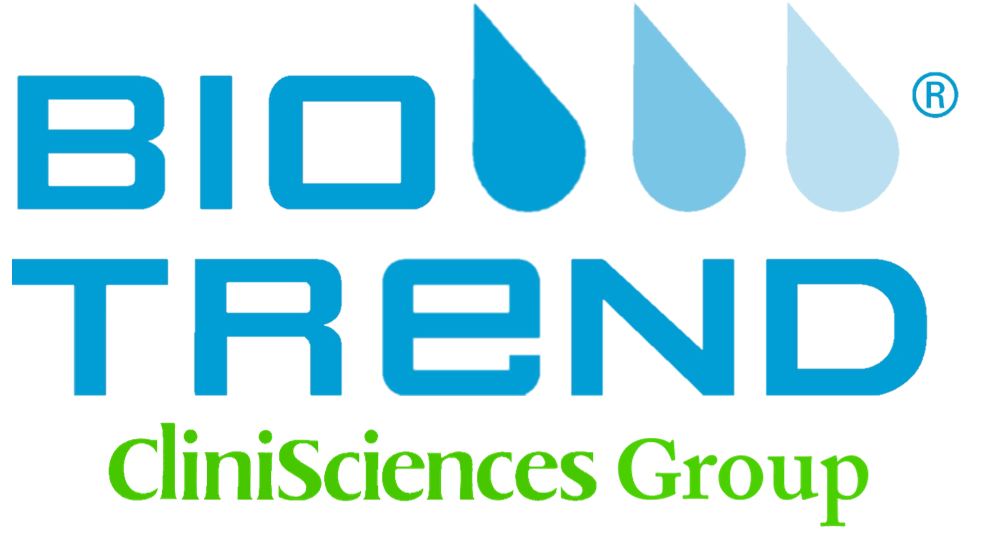Anti-CD1a (Cortical thymocyte antigen CD1A, Epidermal dendritic cell marker CD1a antibody, FCB6, HTA1, T cell surface antigen T6 / Leu 6, T-Cell Surface Glycoprotein CD1A) (APC) Monoclonal Antibody
Katalog-Nummer 168670-AF-APC-100ul
Size : 100ul
Marke : US Biological
168670-AF-APC CD1a (Cortical thymocyte antigen CD1A, Epidermal dendritic cell marker CD1a antibody, FCB6, HTA1, T cell surface antigen T6 / Leu 6, T-Cell Surface Glycoprotein CD1A) (APC)
Clone Type
PolyclonalHost
mouseSource
humanSwiss Prot
P06126 (Human)Isotype
IgG1,kGrade
PurifiedApplications
FLISA IF IHC IP WBCrossreactivity
HuShipping Temp
Blue IceStorage Temp
4°C Do Not FreezeAt least five CD1 genes (CD1a, b, c, d, and e) are identified. CD1 proteins have been demonstrated to restrict T cell response to non-peptide lipid and glycolipid antigens and play a role in non-classical antigen presentation. CD1a is a non-polymorphic MHC Class 1 related cell surface glycoprotein, expressed in association with Beta-2 microglobulin. Anti-CD1a labels Langerhans cell histiocytosis (Histiocytosis X), extranodal histiocytic sarcoma, a subset of T-lymphoblastic lymphoma/leukemia, and interdigitating dendritic cell sarcoma of the lymph node. When combined with antibodies against TTF-1 and CD5, anti-CD1a is useful in distinguishing between pulmonary and thymic neoplasms since CD1a is consistently expressed in thymic lymphocytes in both typical and atypical thymomas, but only focally in 1/6 of thymic carcinomas and not in lymphocytes in pulmonary neoplasms. Anti-CD1a is reported to be a new marker for perivascular epithelial cell tumor (PEComa).||Applications: |Suitable for use inImmunofluorescence, Flow Cytometry (Not Tested), FLISA, Western Blot, Immunoprecipitation, Immunohistochemistry. Other applications not tested.||Recommended Dilution:|FLISA: For coating, order Ab without BSA|Flow Cytometry (Not Tested): 0.5-1ug/million cells|Immunofluorescence: 1-2ug/ml|Immunoprecipitation: 1-2ug/500ug protein|Western Blot: 0.5-1ug/ml|Immunohistochemistry: Frozen & formalin-fixed: 0.5-1ug/ml for 30 min at RT|(Staining of formalin-fixed tissues requires boiling tissue sections in 10mM Citrate Buffer, pH 6.0, for 10-20 min followed by cooling at RT for 20 minutes|Optimal dilutions to be determined by the researcher.||Positive Control:|MOLT-4 cells. Paracortex in a tonsil or a reactive lymph node.||Storage and Stability:|May be stored at 4°C before opening. DO NOT FREEZE! Stable at 4°C as an undiluted liquid. Dilute only prior to immediate use. Stable for 12 months after receipt. For maximum recovery of product, centrifuge the original vial prior to removing the cap. Further dilutions can be made in assay buffer. APC is light sensitive.||Note: Applications are based on unconjugated antibody.



